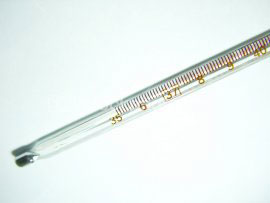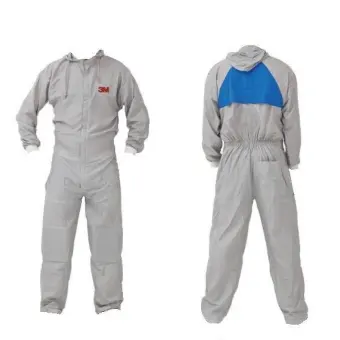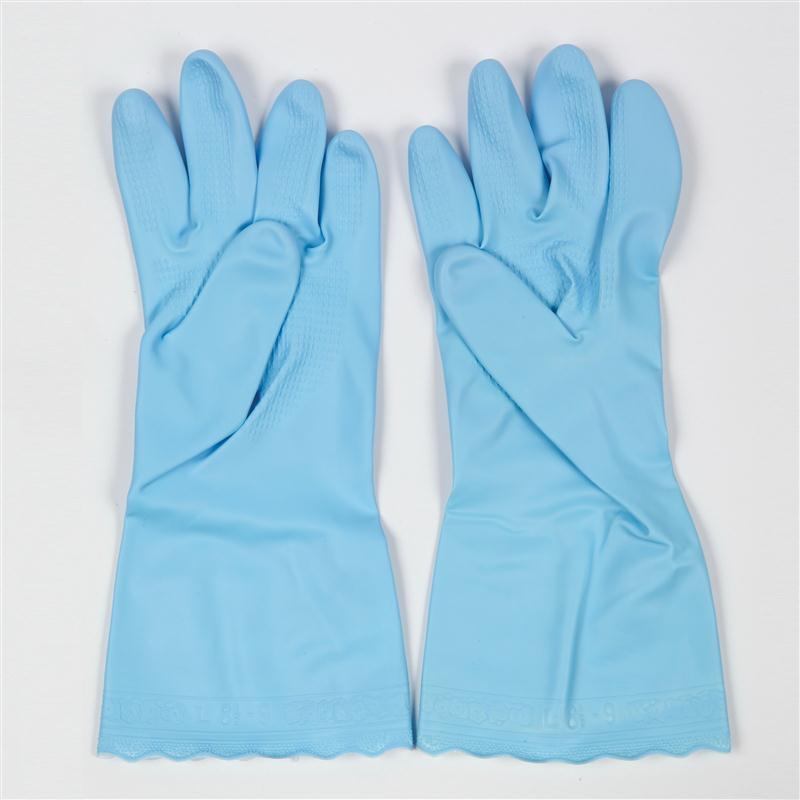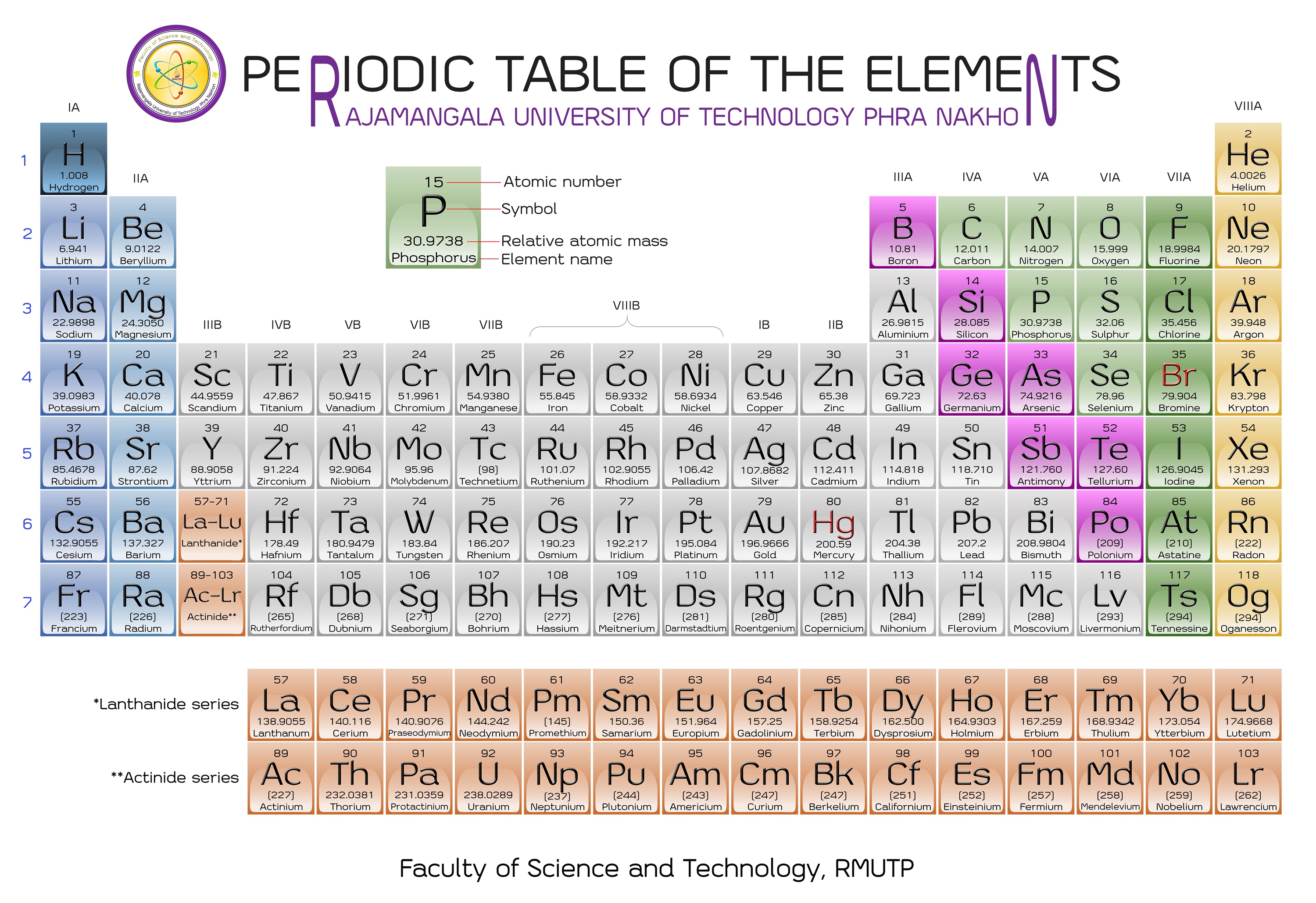Top Ten Toxic Food Ingredients in Processed Food
Any food that has been canned, dehydrated, or had chemicals added to it is a processed food, and these foods make up about 60 percent of the average American diet.
EveryDay Health | Jillian Michaels | Most of us don't think of the food we eat as poison, but some of the ingredients commonly found in processed foods can be considered toxic. By "toxic," I mean chemicals or highly processed ingredients that aren't good for you or can cause harm to your health. I'm talking about refined grains, trans fats, high fructose corn syrup, and all the other artificial junk you can't even pronounce on the ingredient lists. Any food that has been canned, dehydrated, or had chemicals added to it is a processed food, and these foods make up about 60 percent of the average American diet. They've taken over, and we have to FIGHT BACK. Know which toxic food ingredients to avoid:
1. Palm Oil
When a regular fat like corn, soybean, or palm oil is blasted with hydrogen and turned into a solid, it becomes a trans fat. These evil anti-nutrients help packaged foods stay "fresh," meaning that the food can sit on the supermarket shelf for years without ever getting stale or rotting. Eating junk food with trans fats raises your "bad" LDL cholesterol and triglycerides and lowers your "good" HDL. These fats also increase your risk of blood clots and heart attack. Avoid palm oil and other trans fats like the plague, and kiss fried foods goodbye too, since they're usually fried in one of these freakish trans-fatty oils.
2. Shortening
Ditch any food that lists shortening or partially hydrogenated oil as an ingredient, since these are also evil trans fats. In addition to clogging your arteries and causing obesity, they also increase your risk of metabolic syndrome. Choose healthier monounsaturated fats, such as olive, peanut and canola oils and foods that contain unsaturated omega-3 fatty acids instead.
3. White Flour, Rice, Pasta, and Bread
When a whole grain is refined, most of its nutrients are sucked out in an effort to extend its shelf life. Both the bran and germ are removed, and therefore all the fiber, vitamins, and minerals. Because these stripped down, refined grains are devoid of fiber and other nutrients, they're also easy to digest — TOO EASY. They send your blood sugar and insulin skyrocketing, which can lead to all sorts of problems. Replace processed grains with whole grains, like brown or wild rice, whole-wheat breads and pastas, barley, and oatmeal.
4. High Fructose Corn Syrup
The evil king of all refined grains is high fructose corn syrup (HFCS). The amount of refined sugar we consume has declined over the past 40 years, but we're consuming almost 20 times as much HFCS. According to researchers at Tufts University, Americans consume more calories from HFCS than any other source. It's in practically EVERYTHING. It increases triglycerides, boosts fat-storing hormones, and drives people to overeat and gain weight. Adopt my zero-tolerance policy, and steer clear of this sweet "poison."
5. Artificial Sweeteners
Aspartame (NutraSweet, Equal), saccharin (Sweet'N Low, SugarTwin), and sucralose (Splenda) may be even harder on our metabolic systems than plain old sugar. These supposedly diet-friendly sweeteners may actually be doing more harm than good! Studies suggest that artificial sweeteners trick the brain into forgetting that sweetness means extra calories, making people more likely to keep eating sweet treats without abandon. Nip it in the bud. Scan ingredient labels and ban all artificial sweeteners from entering your mouth.
6. Sodium Benzoate and Potassium Benzoate
These preservatives are sometimes added to soda to prevent mold from growing, but benzene is a known carcinogen that is also linked with serious thyroid damage. Dangerous levels of benzene can build up when plastic bottles of soda are exposed to heat or when the preservatives are combined with ascorbic acid (vitamin C). Don't risk it, people
7. Butylated Hydroxyanisole (BHA)
BHA is another potentially cancer-causing preservative, but it has been deemed safe by the FDA. Its job is to help prevent spoilage and food poisoning, but it's a major endocrine disruptor and can seriously mess with your hormones. BHA is in HUNDREDS of foods. It's also found in food packaging and cosmetics. BHA has many aliases. You can look them up. Or you can follow my advice and DITCH processed foods altogether.
8. Sodium Nitrates and Sodium Nitrites
No that's not a typo. These two different preservatives are found in processed meats like bacon, lunch meat, and hot dogs. They're some of the worst offenders, and they're believed to cause colon cancer and metabolic syndrome, which can lead to diabetes. Protect your health by always choosing fresh, organic meats.
9. Blue, Green, Red, and Yellow
The artificial colors blue 1 and 2, green 3, red 3, and yellow 6 have been linked to thyroid, adrenal, bladder, kidney, and brain cancers. Always seek out foods with the fewest artificial chemicals, especially when shopping for your kids. Look for color-free medications and natural food products that don't contain artificial colors like these.
10. MSG
Monosodium glutamate is a processed "flavor enhancer." While glutamates are present in some natural foods, such as meat and cheese, the ones exploited by the processed-foods industry are separated from their host proteins through hydrolysis. The jury is still out on how harmful MSG may be, but high levels of free glutamates have been shown to seriously screw with brain chemistry. Don't fall prey to chemical flavor enhancing. Just play it safe and flavor your food naturally.
:max_bytes(150000):strip_icc():format(webp)/Isotope-58dd6b415f9b5846830254ae.jpg)




 1.turn it on (these thermometers usually have a button you press to turn on)
1.turn it on (these thermometers usually have a button you press to turn on)
 The electronic or infrared ear thermometer is fast and accurate if it is used correctly. It can be used in older children but is not recommended for use in young babies.
The electronic or infrared ear thermometer is fast and accurate if it is used correctly. It can be used in older children but is not recommended for use in young babies.








